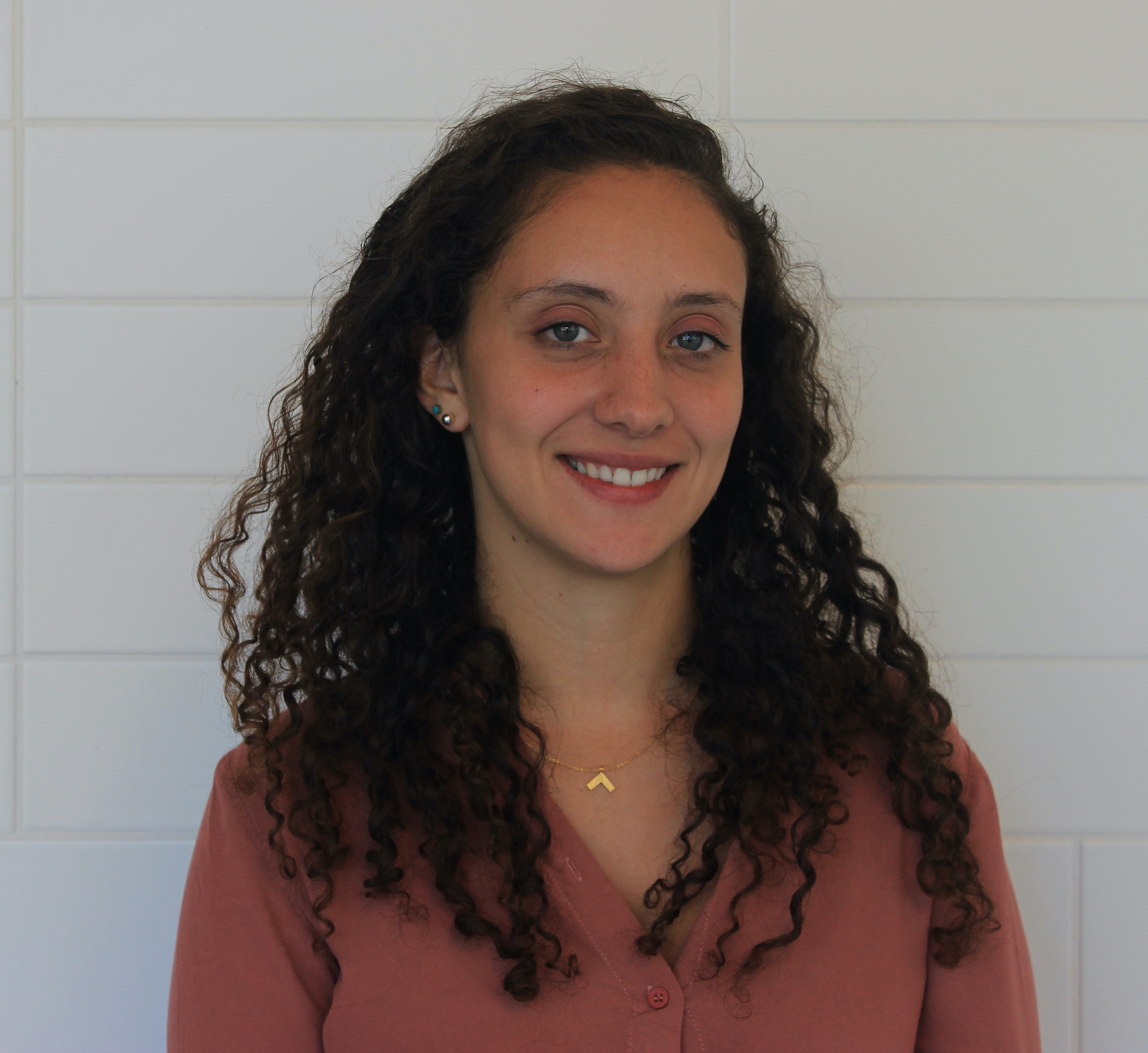Welcome!
I’m a physicist and biologist by training, and a neuroscientist by heart. I’m currently finishing my PhD in Biomedical Engineering in the Schaffer-Nishimura Lab at Cornell University. I’m passionate about all things neuroscience (specially the vasculature) but I’m also passionate about science communication, women’s rights, advocacy, diversity, equity and inclusion in STEM.
Contact Email | Twitter | Github | Lab website
Research Interests
I study Alzheimer’s disease (AD), a neurodegenerative disorder characterized by the accumulation of amyloid-beta plaques and neurofibrillary tangles in brain tissue, which leads to progressive and irreversible neurodegeneration. In particular, I am fascinated by understanding what causes blood flow deficits in AD mouse models and human patients, and how by rescuing blood flow we can ameliorate cognitive decline. My research focuses on capillary stalling, a phenomenon in which capillary vessels in the brain get obstructed by the adhesion of neutrophils or other circulating cells, and such stalling impairs blood flow significantly. I use both in-vivo imaging and molecular techniques with AD mouse models to answer two key questions regarding what drives capillary stalling: 1.) Is this phenomenon mediated by vascular inflammation induced by oxidative stress? and if yes, 2) which inflammatory molecules are in charge of this process?
In vivo two and three photon microscopy
To understand vascular dynamics in vivo, I use multiphoton imaging to visualize blood vessels and measure blood flow in a live animal. By using different fluorescent labelling strategies, we can visualize leukocytes, platelets and red blood cells, and understand which cells are adhering to the vascular endothelium causing capillary stalling. To gain optical access to the brain, I perform cranial window surgeries on AD mouse models, which allows visualization of neurons, cells and the vasculature up to 1 mm deep (with three-photon imaging).

From Ahn et al., 2020 JCBFM
Oxidative stress pathways that mediate capillary stalling and inflammation
Previous work in my lab has highlighted capillary stalling as one of the main mechanisms for blood flow deficits in AD mouse models. My research is a follow up of this work, where I try to understand why capillary stalling is happening in the first place. Our collaborators at Weill Cornell have discovered oxidative stress pathways involved in vascular dysfunction that we hyphotesize could be driving capillary stalling, in conjunction with other mechanisms, such as blood brain barrier dysfunction and pericyte constriction. By inhibiting oxidative stress, I aim to understand whether this has any effect capillary stalling, blood flow, vascular inflammation, and behavior.

From Ali et al., 2021 BRAIN
